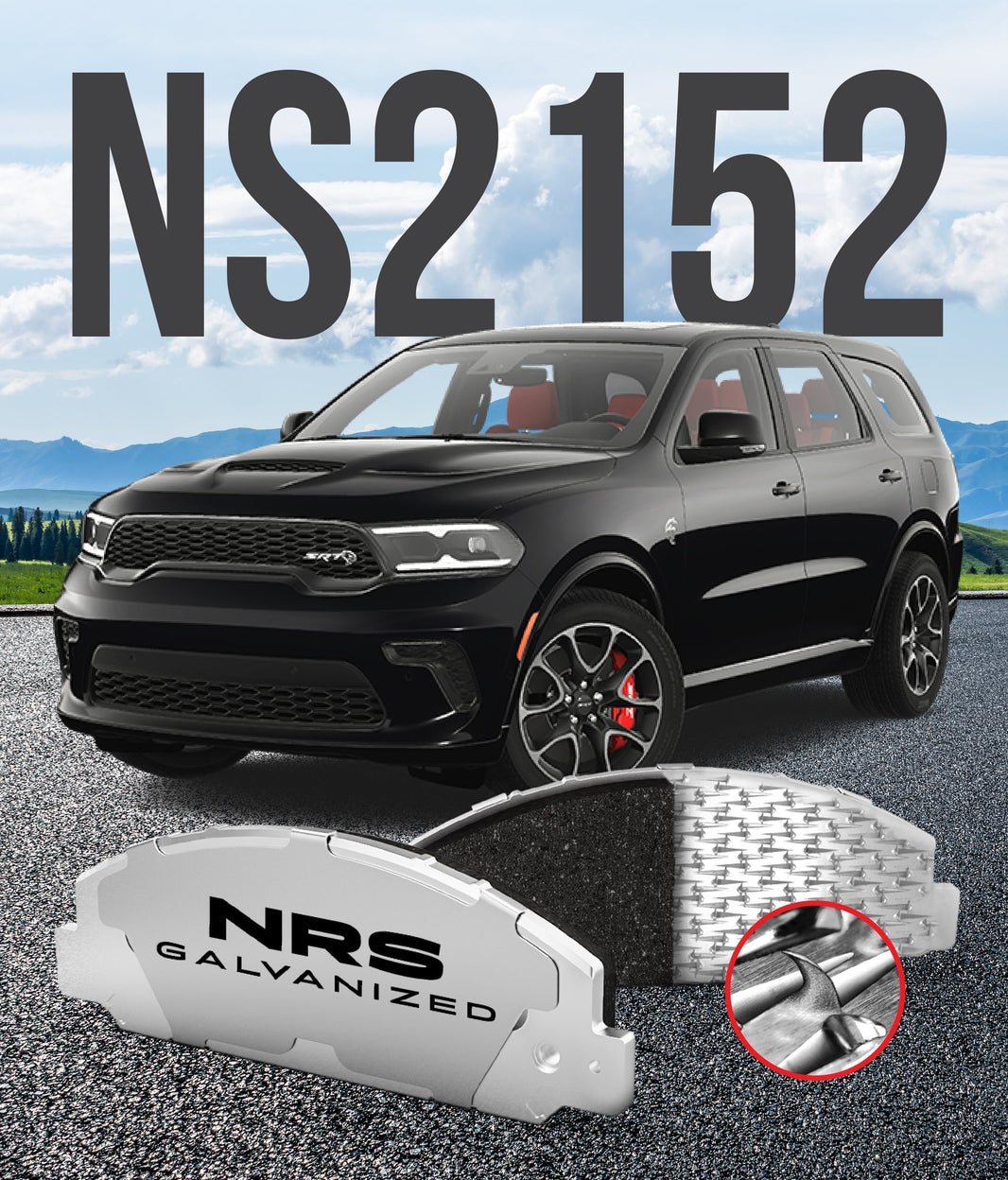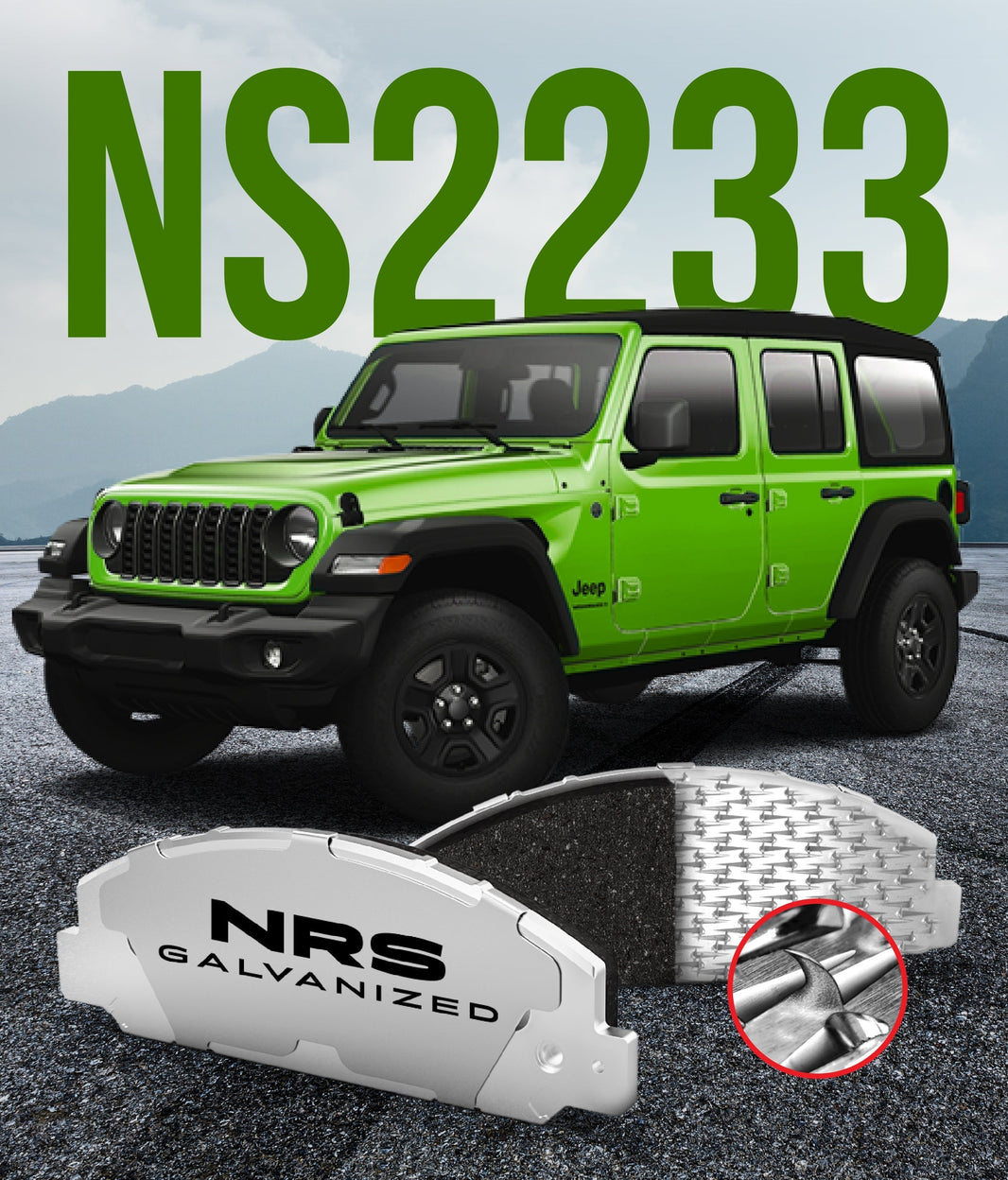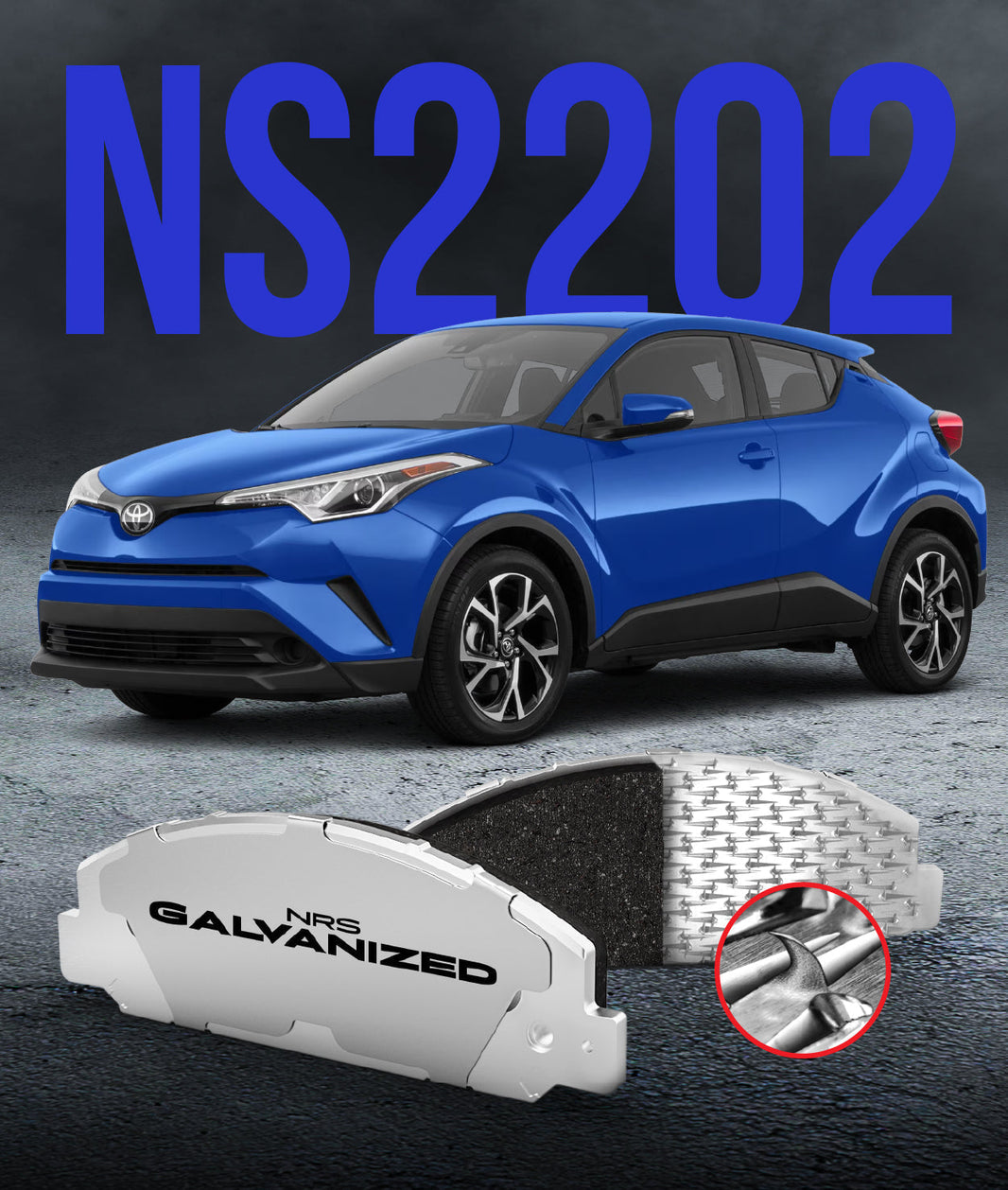
You just spent an hour washing your car, and the wheels look fantastic, gleaming in the sun. A few days of driving later, however, they are coated in a stubborn layer of dark, fine powder. This frustrating film is brake dust, a universal annoyance for car owners who take pride in their vehicle’s appearance.
But is this dust just a cosmetic issue, or does it tell a deeper story about the health and performance of your brakes? The color, texture, and amount of brake dust your car produces are direct clues about the type and condition of your brake pads. Understanding these signals can help you make smarter choices for your vehicle.
What Exactly Is Brake Dust?
Brake dust is the normal byproduct of friction in your braking system. Every time you press the brake pedal, the brake pads clamp down on the spinning brake rotors. This action shaves off microscopic particles from both the pad and the rotor surface.
Think of it like using an eraser on paper. The eraser wears down, leaving behind small particles, and the paper might show some abrasion. Similarly, brake dust is a combination of metal filings from the rotor, particles from the friction material, and the carbon residue created by the heat of braking.
The Link Between Pad Material and Brake Dust
The single biggest factor determining the character of your brake dust is the composition of your brake pads. Different friction materials wear in different ways, producing distinctly different types of residue. Knowing what kind of pads you have can help you understand why your wheels look the way they do.
Engineers formulate brake pads to achieve specific goals related to performance, noise, and wear. The amount of dust they create is often a direct result of these design choices. Below are the common pad types and the dust they typically produce.
Semi-Metallic Pads
These pads, common in performance-oriented vehicles, contain a high percentage of metal fibers like steel and iron. These metals are excellent at transferring heat and providing aggressive stopping power. This is a key consideration in the balance between performance and safety.
The dust from semi-metallic pads is usually dark black or gray. Because it is full of abrasive metal particles, it can be harsh on your wheels' finish if not cleaned off regularly. The ferrous content can also lead to small, embedded rust spots on the wheel surface.
Organic Pads (NAO)
Organic pads are made from a mixture of non-metallic materials like glass, rubber, and fillers, all bound together with resin. They are often used as standard equipment on many daily-driver vehicles. They are known for their quiet operation.
The dust produced by organic pads is typically a lighter gray or brown powder. While it can sometimes be produced in high volume, it is generally less abrasive and less corrosive to wheels than semi-metallic dust. It is easier to clean off if addressed in a timely manner.
Ceramic Pads
Ceramic brake pads are a popular premium upgrade known for their clean operation. They are made from dense ceramic materials and fine copper fibers. This advanced composition is a key reason people choose the right brake pads for both luxury and daily-driven vehicles.
These pads produce a very small amount of dust that is light tan or pale gray in color. This fine powder does not stick to wheels as aggressively as metallic dust. The result is a much cleaner appearance for a much longer period.
Interpreting the Signs: Color and Quantity
By observing the dust on your wheels, you can gather clues about your brake system's health and performance. Think of it as being a detective for your car. A change from the norm can often be the first sign of a developing issue.
While some dust is always expected, its characteristics are what matter most. Here are some common observations and what they might indicate about the main parts of a braking system.
-
Heavy, Dark, and Gritty Dust: This is a classic sign of semi-metallic brake pads. It often indicates good stopping power but requires frequent wheel cleaning to prevent damage to the finish.
-
Light Gray, Fine Powder: If your wheels have just a light coating of fine dust, you likely have ceramic brake pads installed. This is characteristic of clean, quiet, and effective braking.
-
Brownish or Reddish Dust: A brown tint usually points to a higher concentration of iron particles from the brake rotor rusting slightly and mixing with the pad dust. This is normal, especially in humid or wet climates.
-
A Sudden Increase in Dust: If you notice one wheel is suddenly much dirtier than the others, it warrants an immediate inspection. This could be a sign of a mechanical issue, such as a sticking caliper forcing the pad to drag constantly.
The Performance Trade-Off: Does More Dust Mean Better Brakes?
There is a common misconception that a car producing a lot of dark brake dust must have powerful, high-performance brakes. While it is true that many purebred racing pads are dusty, this does not apply to modern street-legal vehicles. Technology has advanced significantly.
Today, well-engineered pads can provide outstanding stopping power with very little dust. Materials like those found in premium ceramic or galvanized brake pads are a perfect example. They prove that you no longer have to sacrifice clean wheels for confident braking performance.
A Practical Guide to Managing Brake Dust
While you cannot eliminate brake dust entirely, you can certainly manage it effectively. A few simple steps can protect your wheels and make cleanup much easier. This keeps your vehicle looking its best and protects your investment in your wheels.
A proactive approach is always better than a reactive one. The following strategies will help you keep brake dust under control.
-
Choose Low-Dust Pads: The most effective method is to select a set of high-quality ceramic or advanced low-dust pads. This addresses the problem at its source during your next brake service.
-
Clean Your Wheels Regularly: Wash your wheels frequently with a pH-neutral, acid-free wheel cleaner. Regular cleaning prevents the corrosive metallic dust from bonding to and damaging the wheel’s clear coat.
-
Apply a Wheel Sealant or Wax: Just like waxing your car’s paint, applying a polymer sealant or wax to your wheels creates a slick, protective barrier. This coating makes it much harder for dust to stick, simplifying the cleaning process.
-
Check for Mechanical Problems: Pay attention to your wheels. If one is consistently dirtier than the rest, have your brake system inspected by a qualified mechanic to rule out any underlying issues.
Conclusion: More Than Just a Dirty Nuisance
Brake dust is more than just an unsightly mess; it is a direct indicator of your brake pad’s material and performance characteristics. The color, texture, and amount of dust provide valuable insight into the components responsible for stopping your vehicle safely. You do not have to settle for perpetually dirty wheels as a trade-off for good brakes.
By understanding the differences between pad types, you can make an informed choice that balances performance with cleanliness. As a company that has spent decades perfecting brake technology, we have focused on creating some of the best Brake Pads that offer both superior stopping power and low-dust formulations. Choosing quality components means you can enjoy both a clean car and confident braking.
What is your biggest frustration when it comes to dealing with brake dust on your wheels?




